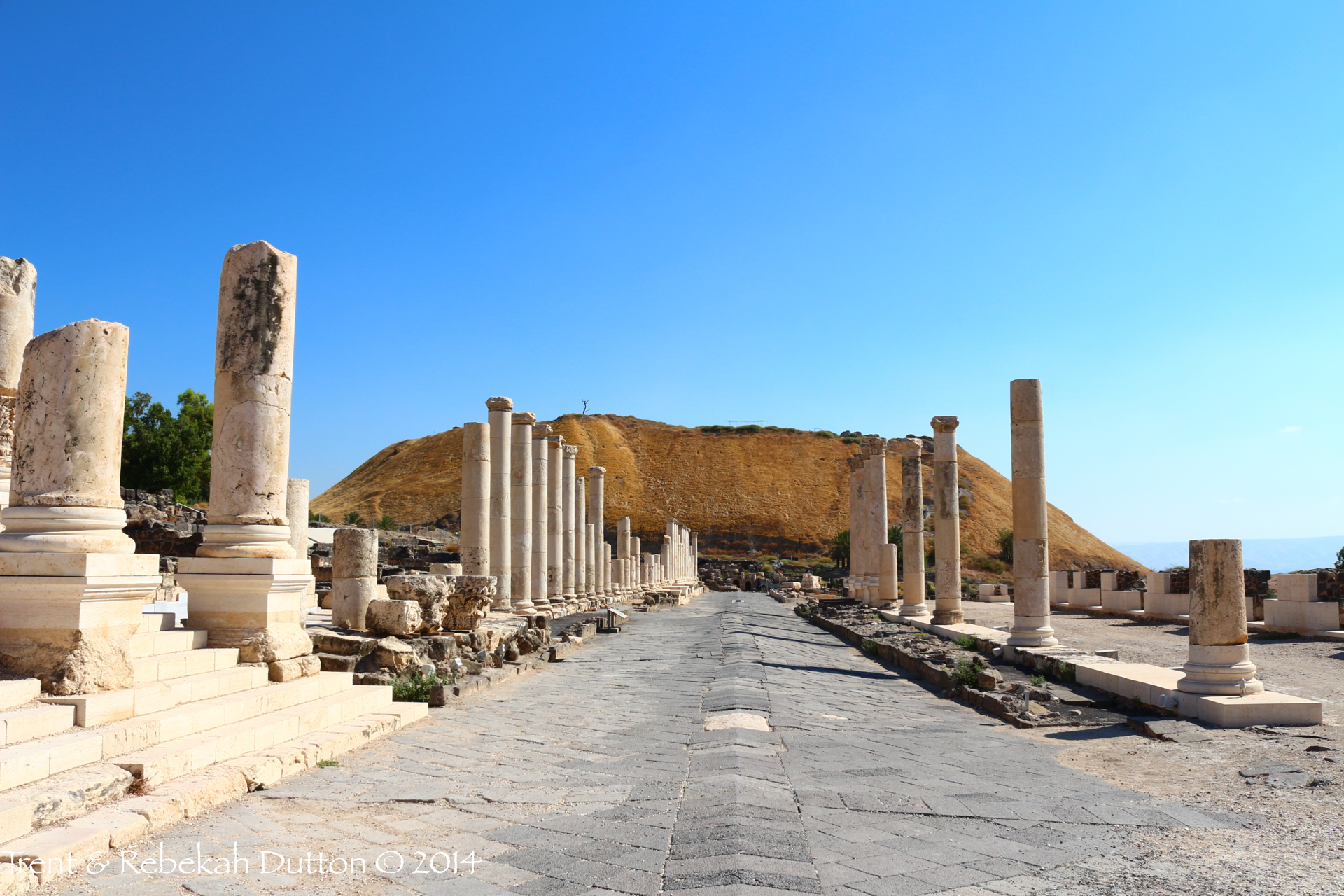Looking east across the Jordan Valley toward the Trans-Jordan Plateau.
In Genesis 13, we read:
“Then Abram said to Lot, “Let there be no strife between you and me, and between your herdsmen and my herdsmen, for we are kinsmen. Is not the whole land before you? Separate yourself from me. If you take the left hand, then I will go to the right, or if you take the right hand, then I will go to the left.” And Lot lifted up his eyes and saw that the Jordan Valley was well watered everywhere like the garden of the Lord, like the land of Egypt, in the direction of Zoar. (This was before the Lord destroyed Sodom and Gomorrah.) So Lot chose for himself all the Jordan Valley, and Lot journeyed east. Thus they separated from each other. - Genesis 13:8-11”
One of the misconceptions by people who have never traveled to Israel is that the entire land is a dry, barren wasteland. And, while there are portions of the land that are very dry (notably, the wilderness areas south of the Negeb), much of the land is green, lush, and vibrant with life.
In the passage that I mentioned above, Abraham gives Lot the choice of the piece of land he wants to settle. Lot gazes down into the "well watered" Jordan Valley and decides to locate his family in this region. As you can see from the picture, this land is still agriculturally rich and crops are still grown in this region.
(NOTE: Looking at the picture, you would think that the Jordan River would be visible. In reality, it is not. The river flows through the center of the Jordan Rift Valley, but sits very low and it not visible most time of the year.)






